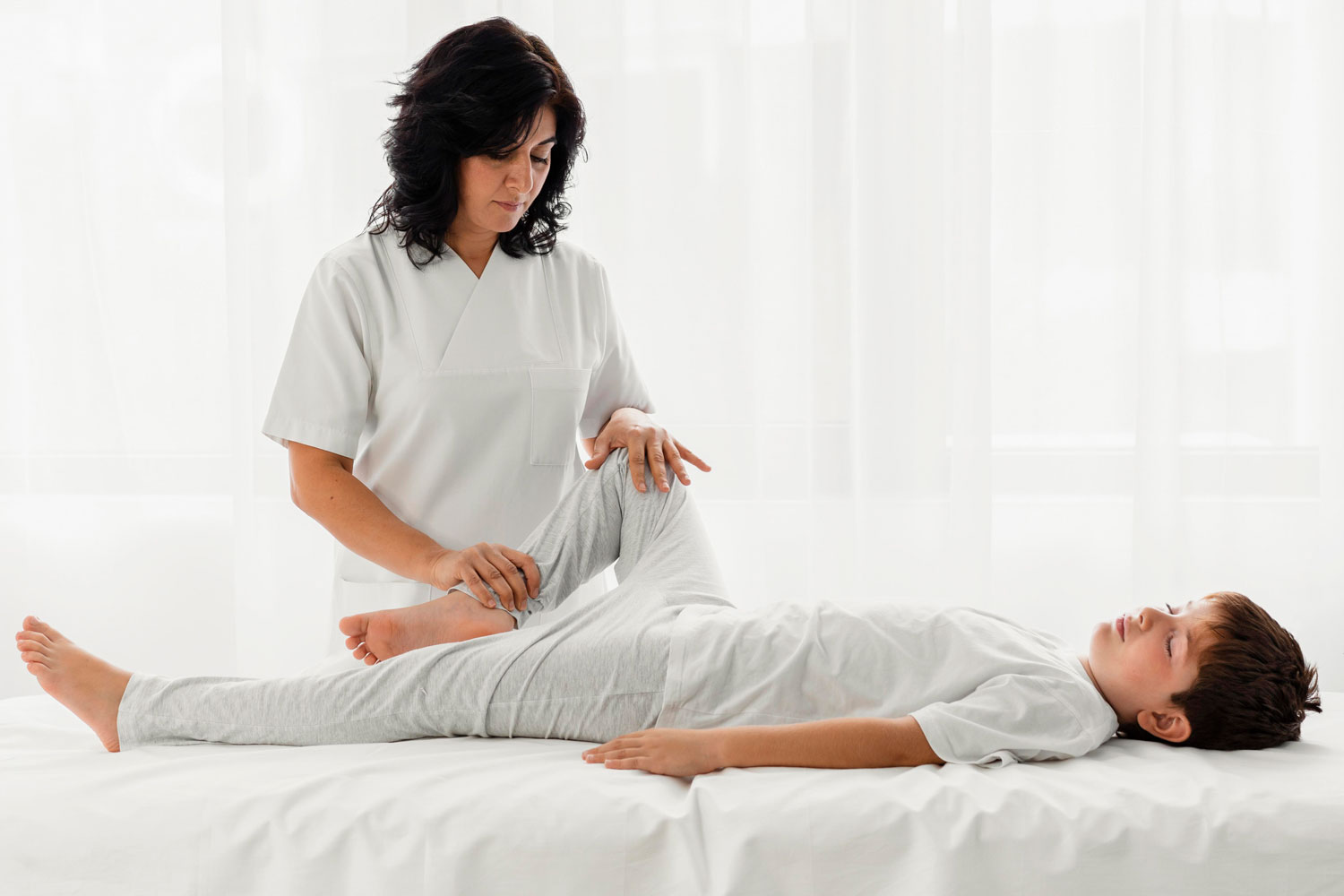Though we see a lot of women in our practice with what’s called high-toned pelvic floor dysfunction. That is when women the muscles in the pelvic floor are very tense or tender and this can result in many symptoms. Women can come in with pelvic pain or urgency frequency particularly younger women or women who type-A personalities or have a lot of stress in their lives, and they don’t realize that they have it. There are no symptoms besides those.
It’s like TMJ we say you know people have their tight jaws it’s the same thing your pelvic floor muscles are all tight. You have no idea that that’s happening. These muscles that are sitting underneath the bladder are sitting there and activating the bladder.
Creating urgency frequency, or they’re creating pelvic pain or pain with sex.
How do you treat that?
The best treatment for this is going to a pelvic certified covert floor physical therapist for down training of your pelvic floor muscles or, teaching you how to relax these muscles will teach you many exercises and use a variety of tools to help you learn how to relax these muscles. It’s not doing Kegel exercises. Doing Kegel exercises will make this worse. It’s extremely important to know the difference and see a physical therapist who is specifically trained to do this and these patients can have dramatic improvements just by going the physical therapy. We see this more often than not in our practice, and we find that you know people don’t have to take any medications or do anything else they just need to work on those muscles, and they can get improvement.


Your Pelvic Floor
For you and your friends to keep a healthy active lifestyle, it’s important for you to learn about your pelvic floor and why you need to look after it.
What Is The Pelvic Floor?
A pelvic floor is a ball-shaped group of muscles that sits at the base of your pelvis. It helps keep all your internal pelvic organs in the right place. That’s your bladder bowel and uterus so that they can work correctly. for example to help you to wait until you can get to a toilet. the bladder and bowel need to be well supported. keeping the pelvic floor strong and healthy not only reduces your risk of incontinence its improved sexual health and boosts your core strength and stability.
Losing control and leaking might be something you think only happens when you’re older are took women who have had a baby. But 3% to 15 to 16 noodles leak urine and the figure gets worse the older you get.
Some pressure on your pelvic floor can cause problems. This can happen when you’re doing things like running jumping or lifting or you need to sneeze or call.
Keeping your body healthy includes looking after important.
what can I do?
If you pull up and hold the pelvic floor muscles before you do any of these things, it will help protect them from damage and help stop any leaks. You can learn to brace yourself this is called the nap. How do you do the exercises?
It’s easiest to learn sitting down but find a position you’re comfortable in. First, draw up the muscles around your back passage as if trying not to pass the wind. Hold on to this where you draw up the muscles around the vagina as though you’re trying to get up at our pond. I’m homeless draw up around the front passage as if you’re trying to stop yourself peeing. That’s one pelvic floor exercise. One we hold for the second and relax and quickly squeeze up again ten times. These are the quick pause. Try the same lift and squeeze exercise holding ideally for ten seconds then relax completely. Try to detain these are the long hauls. In doing ten slow and ten fast exercises three times each D. You may have to start with less than try and build up. once you’ve mastered this you can do them on the bus to college in the shower or at breakfast a number so long as you do them also use the knack or lift and squeeze if you’re doing anything like running jumping. Or lifting or if you feel you’re about to sneeze or cough. You only get one pelvic floor to last you your lifetime so please look after it.
Starting at 30, our muscles can lose up to 8% of their strength every decade.
Pelvic Floor Training
Your pelvic floor muscles are a group of muscles that make up the base of your pelvis. This hammock of muscles helps support your internal organs including the bladder and rectum. The bladder and rectal outlets pass through the pelvic floor muscles. The rectal outlet or anal canal is surrounded by the anal sphincter. A circular muscle that you release and tighten to control the opening and closing of the outlet. The pubic talus muscle works together with the anal sphincter. When stool moves down into the rectum it triggers an urge for a bowel movement. When you sit on the toilet your pelvic floor muscles relax. This relaxation causes the pubic talus muscle and the anal sphincter to release opening the rectal outlet and allowing stool to pass easily from the rectum. These muscles are under your voluntary control. Meaning you control when they open and close.
Pelvic Floor Dyssynergia
pelvic floor dyssynergia is a lack of coordination in the muscles during a bowel movement. Instead of releasing these muscles either do not relax or they tighten and close off the opening.
This makes it very difficult to pass stool and may result in a feeling of:
- Blockage at the outlet
- Passage of narrow stools
- Incomplete emptying of the rectum
It is not always known why a person may experience dyssynergia.
Treatment in the Sports and Spinal Solutions Clinic program focuses on learning how to relax the muscles that control the ability to pass a bowel movement.
Female Pelvic Floor Muscle
The pelvic floor is the base of the group of muscles referred to as your core. These muscles are located in your pelvis and stretch like a hammock from the pubic bone at the front to the tailbone at the back, and from side to side.
They support the bladder, bowel and uterus and play an important role in bladder and bowel control, and sexual function. If your pelvic floor muscles don’t work well you may leak when you do things like coughing, sneezing, lifting, laughing or exercising. To stop this from happening you need to switch on your pelvic floor muscles. To switch on the pelvic floor muscles you need to squeeze and draw in the muscles around your vagina as if you are trying to stop the flow of urine. Lift them inside. Breathe normally.
Don’t hold your breath or tighten your buttocks. Then let go and relax the pelvic floor muscles completely. Notice as you tighten and lift your pelvic floor muscles, they tighten and close around the anal passage, vagina and urethra.
By exercising the pelvic floor regularly you will train your muscles to work automatically when they are needed.





